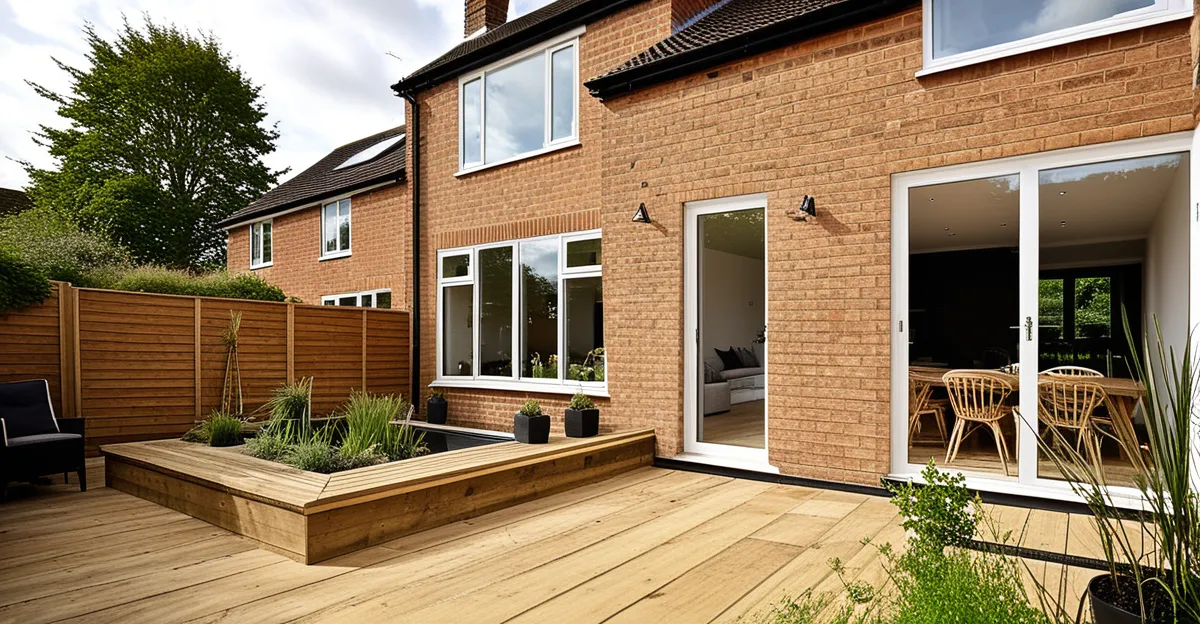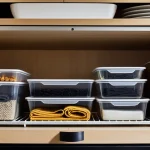Actionable Ways to Improve Home Energy Efficiency Without Renovations
Small changes can have a big impact on creating an energy-efficient home UK residents will appreciate. When looking for energy saving tips that require no major work, focus on simple, cost-effective measures that immediately reduce waste and cut bills. For example, switching off unused electronics, using power strips to fully disconnect appliances, and adjusting heating patterns can all save energy without a renovation.
These quick fixes are particularly effective in UK homes where heating and electricity costs tend to be significant. Prioritising strategies that deliver the most savings for the least effort helps homeowners and renters alike manage expenses. Simple actions like sealing leaks with affordable kits or optimising appliance usage also count.
Have you seen this : What Are the Best Ways to Synchronize Modern Decor with Classic British Homes?
The key: choose no renovation needed solutions that fit easily into daily routines. By starting with these steps, you lay the groundwork for improved efficiency and comfort. Continuing to build on these habits leads to noticeable results without costly upgrades or disruptions. This practical approach supports a greener lifestyle while respecting budget constraints faced by many in the UK.
Enhance Insulation and Reduce Draughts with Simple Solutions
Improving insulation in an energy-efficient home UK residents can achieve easily involves basic, no renovation needed steps. One effective method is using draught excluders around doors and windows. These affordable strips or brush seals block cold air from entering and warm air from escaping, making heating more efficient and reducing bills.
Also to read : How can you maintain a clutter-free UK home?
Installing thermal curtains or blinds provides another layer of insulation. These specially designed window treatments retain heat during cold months and keep interiors cooler in warmer seasons. By reducing heat loss through windows—common weak points in UK homes—these curtains help maintain comfortable indoor temperatures with less energy.
Adding thick rugs or carpets acts as DIY insulation for floors, which is often overlooked but critical for overall efficiency. Soft coverings prevent heat from dissipating through cold floors, adding warmth and cutting down heating needs.
Together, these simple upgrades are practical energy saving tips that do not require professional help or costly renovations. They are especially relevant in UK houses that face draughts from older construction. Prioritising such cost-effective, no renovation needed solutions supports a greener lifestyle and lower energy expenses.
Upgrade Everyday Lighting and Enhance Appliance Efficiency
Switching to LED lighting UK is one of the most effective energy saving tips with no renovation needed. LED bulbs use at least 75% less energy than traditional incandescent bulbs and last up to 25 times longer. This simple swap directly lowers electricity bills while reducing frequent bulb replacements, making it a practical upgrade for any energy-efficient home UK residents seek to improve immediately.
Choosing energy-efficient appliances can further cut energy use. Look for devices rated highly on energy labels, such as A++ or better, which consume less power during operation. Settings on these appliances, like eco-modes or delayed start, help optimise efficiency without sacrificing convenience.
Careful smart power use also matters. Many appliances and chargers draw standby power when left plugged in. Turning off devices completely or unplugging them eliminates this invisible energy drain. Using power strips with switches allows entire groups of electronics to be disconnected easily when not in use.
Together, these measures promote sustainable energy usage by addressing lighting and appliance efficiency—two major areas where UK homeowners can make an impact without costly rewiring or structural changes. Prioritising LED lighting UK, choosing energy-efficient appliances, and practising smart power use are attainable steps for creating a more energy-conscious household.
Use Smart Controls to Optimize Heating and Energy Use
Smart thermostats UK are essential tools for enhancing energy efficiency in a modern energy-efficient home UK. By installing a smart thermostat, homeowners gain precise control over heating schedules and temperatures, reducing wasted energy when rooms are unoccupied. These devices learn your habits, adapting heating patterns to fit daily routines, which can significantly lower energy bills.
Complementing this, programmable radiator valves allow zoned heating control, letting you heat only the rooms you use. Timer plugs provide a simple way to turn appliances or heaters on and off at set times, preventing unnecessary energy use.
Energy monitoring through smart meters offers detailed insights into consumption patterns. This feedback enables homeowners to identify high-usage periods and adjust behaviour accordingly, supporting sustained energy saving tips with no renovation needed.
Together, these smart heating controls create a responsive system that fits the variable needs of UK households, balancing comfort with cost savings. Prioritising these cost-effective and accessible technologies helps residents maintain an energy-efficient home UK without extensive alterations while fostering energy-conscious habits for everyday living.
Access Financial Support and Find Product Recommendations
Exploring UK government energy schemes offers valuable resources for those aiming to improve an energy-efficient home UK without extensive costs. These schemes often provide grants and subsidies designed to offset expenses on energy-saving measures. Homeowners and renters can access financial support to implement cost-effective energy upgrades like LED lighting or draught excluders without upfront burdens.
Understanding eligibility is crucial. Many schemes target households with lower incomes or older properties, ensuring support reaches those who benefit most. Seeking advice from local authorities or official government platforms helps clarify application procedures and maximise available assistance.
When considering upgrades, focus on cost-effective energy upgrades that deliver significant returns. For example, thermal curtains and smart thermostats can often qualify for funding, reducing the initial investment while improving comfort and efficiency. Product recommendations aligned with these schemes typically highlight easy-to-install, durable options that require no renovation needed.
Combining financial aid with informed product choices empowers UK residents to take practical, affordable steps toward a greener home. By leveraging these opportunities, the journey to an energy-efficient home UK becomes both accessible and sustainable.







